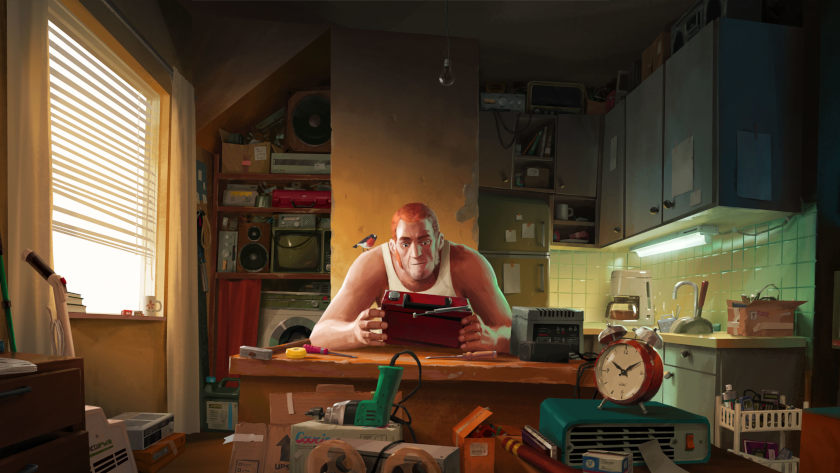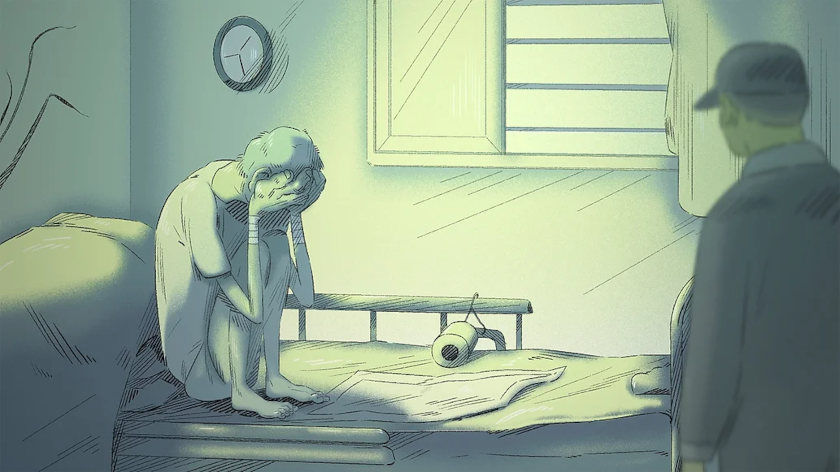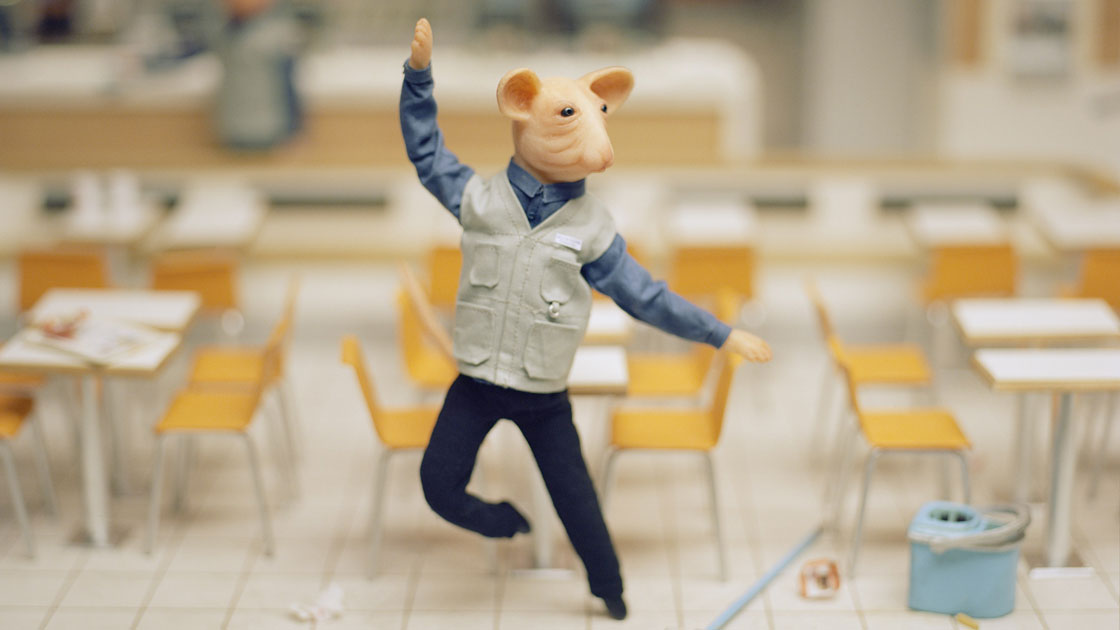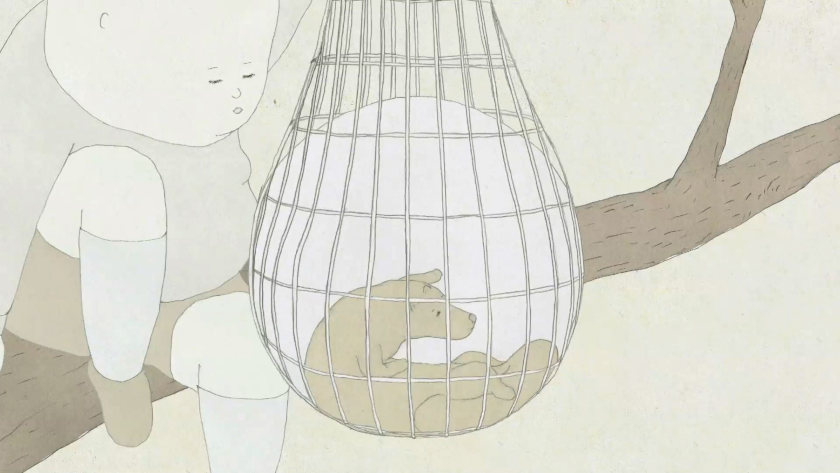Harpya by Raoul Servais: An Appreciation (Classic Frames)
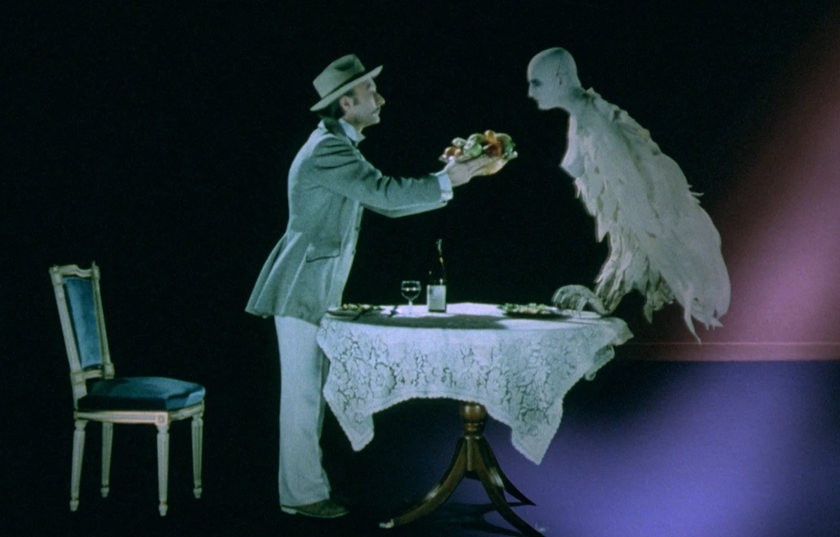
What makes a great independent animation director? Could it be his design style, knack for drama, poetic (not always realistic tendencies) or a combination of everything?
In the case of the recently deceased Belgian pioneer Raoul Servais (1928-2023), it might be simply the opposite: abandoning all the above. There is not a detailed animating design in his hybrid 'Harpya' film (which won the 1979 Palme d'Or at the celebrated Cannes Film Festival); poetry here subsides for the conveniences of a very concrete story; drama is giving its place to dark comedy -and the combination is still interesting.
During an evening walk, Mr. Oscar witnesses an assault. To his great surprise, he finds that the victim is an authentic harpy. His interest has been aroused, but not without danger - Film Synopsis
Front projection helped Raoul Servais combine live-action and animation (his first effort in the hybrid genre) and Greek mythology (after 'Siren' and 'Pegasus') helped him rework a vampire story. Harpies were mythical creatures (half-bird, half-women) that had an insatiable appetite and very low patience. But in Raoul Servais' 'Harpya', this rather misogynistic myth (see more here) takes a more queer perspective.
Look it up close enough, and you find that the bald face of Harpya (the Greek monsters had always had long hair) has heavy make-up to go with the bare breasts. Could have been a woman, yes; but most probably, one of those tormented, queer-coded characters in the succession of the horror genre (starting from Dracula, Frankenstein, and following).
So, it might not be the eternal fight of the 'two genders' or the woman as avenger here and a story to be told, but rather a self-mirrored effect of a man and his own shadow. A man who is used to petting things and do benevolence acts out of societal pride (dressed appropriately in suits etc.) and his other self, craving for appetites he can no longer have -exactly because of that propriety.
Heavily influenced by René Magritte in its atmosphere, the film itself works best as a version of the painter's 'False Mirror' (1928), an eye without a face placed in a blue circular sky. Both Mr. Oscar and Harpya have a tremendous appetite (but Mr. Oscar only shows it in his sleep); Mr. Oscar has a bird, Harpya is itself a bird, and the Buster Keaton / silent comedy placement of the main character only confirms that the opposite genre of horror is not drama, but comedy (both effectively done when silent).
The combination of live-action and animation, as unsettling as it may be, is still another yin and yang approach of both sides of the same coin of filmmaking -at least, according to the tenets of the film itself; the eerie sounds, cricks and cracks are complemented by the electronic soundtrack (Lucien Goethals). And the fact that the Belgian fries play their own catalyst in the film denotes that the battle for survival can be as grotesquely comic the more it touches on issues of identity (personal or national).
'Harpya' is certainly a commentary on consumption, animal instincts, and high art vs. nature; but where it shines is in its mirroring aspect between the insider and the intruder, the plumy friend and the hatty master, the flying object of pity and the crawling (handicapped) former subject and master of the house.
There are to be many interpretations of this classically ambiguous film; this is only one of those.
contributed by: Vassilis Kroustallis




